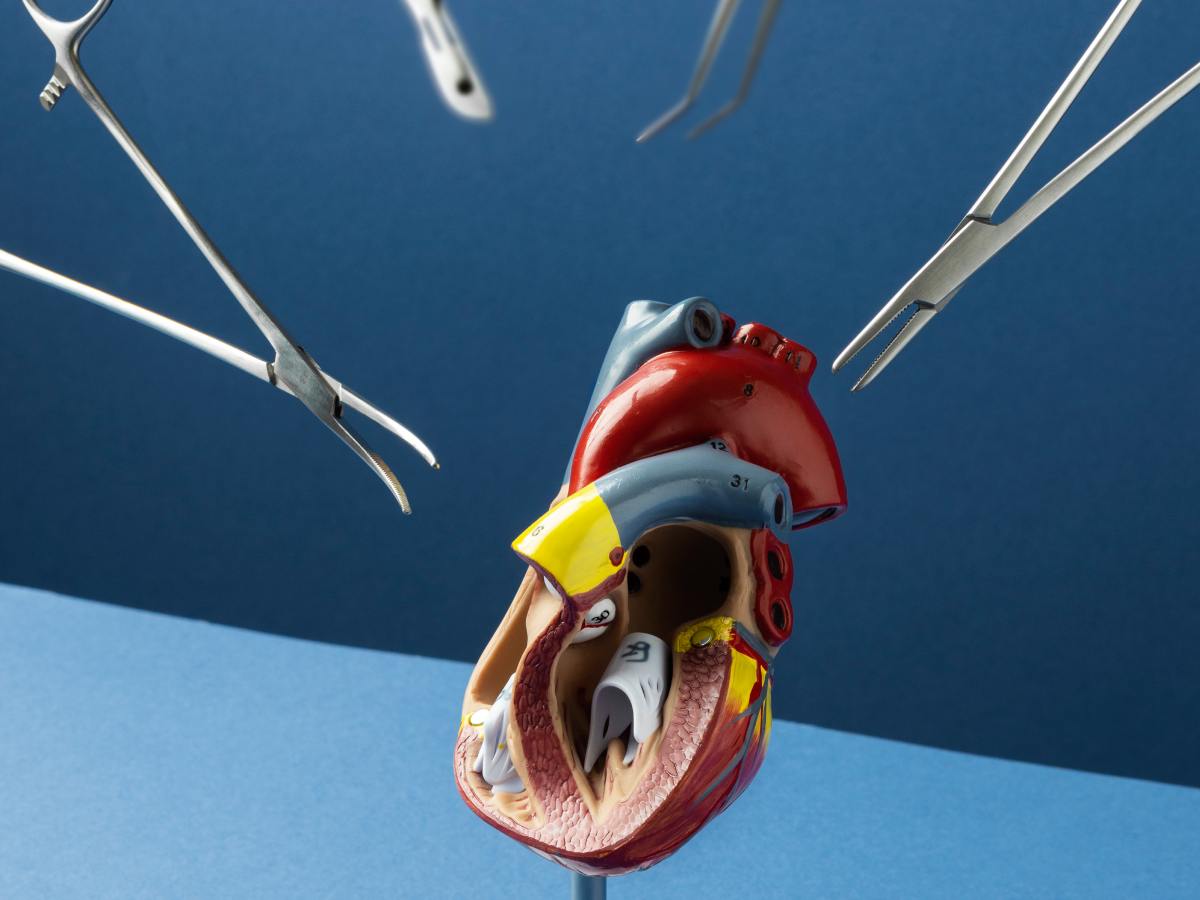Heart s Cardiac Care
Advanced Cardiology. Global Standards. Compassionate Delivery.

Angioplasty C Stenting
A non-surgical, catheter-based technique used to treat narrowed or blocked coronary arteries.
- Procedure: A balloon-tipped catheter is inserted through a blood vessel in the groin or wrist and guided to the affected artery. The balloon is inflated to open the blockage, followed by the placement of a stent (a metal mesh tube) to keep the artery open.
- Benefits: Quick recovery, avoids open surgery, immediate symptom relief.
- Recovery: Most patients are discharged in 1–2 days, with a return to routine activities in a week.
- Risks: Restenosis (re-narrowing), bleeding, allergic reaction to contrast dye.
Coronary Artery Bypass Grafting (CABG)
A major open-heart surgery performed to restore normal blood flow to an obstructed coronary artery.
- Procedure: Grafts (from leg, arm, or chest) are used to bypass blocked sections of the arteries. Performed under general anesthesia using heart-lung bypass machines.
- Benefits: Long-term relief from angina, improved heart function and survival in severe cases.
- Recovery: Hospital stay of 5–7 days, full recovery in 6–8 weeks.
- Risks: Infection, arrhythmia, stroke, and bleeding.


Heart Valve Repair or Replacement
Used to correct malfunctioning heart valves due to stenosis or regurgitation.
- Procedure: Involves repairing or replacing valves using mechanical or bioprosthetic (animal tissue) options. Can be done via open-heart surgery or minimally invasive techniques (TAVI/TAVR).
- Benefits: Improved cardiac output, relief from breathlessness and fatigue, prolonged life.
- Recovery: Depends on surgical type; 2–8 weeks typically.
- Risks: Clot formation, valve failure, need for repeat surgery.
Pediatric Heart Surgeries
Complex procedures addressing congenital heart diseases such as Tetralogy of Fallot, ASD/VSD, or transposition of the great arteries.
- Procedure: Conducted by pediatric cardiac surgeons, often within the first few months of life.
- Benefits: Corrects life-threatening defects, enables normal growth and development.
- Recovery: NICU care may be required post-op. Full recovery varies depending on condition severity.
- Risks: Infection, heart rhythm issues, long-term monitoring needs.

